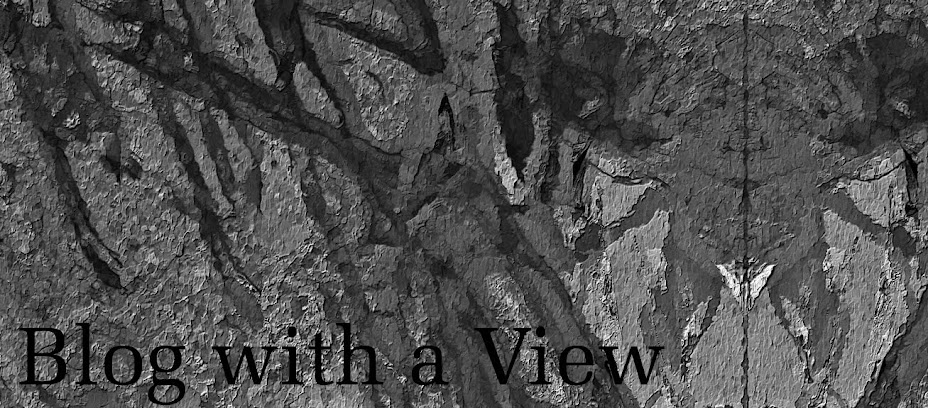Homage to Niels Bohr (2004)
From Nobelprize.org:
In the autumn of 1911 [Bohr] made a stay at Cambridge, where he profited by following the experimental work going on in the Cavendish Laboratory under Sir J.J. Thomson's guidance, at the same time as he pursued own theoretical studies. In the spring of 1912 he was at work in Professor Rutherford's laboratory in Manchester, where just in those years such an intensive scientific life and activity prevailed as a consequence of that investigator's fundamental inquiries into the radioactive phenomena. Having there carried out a theoretical piece of work on the absorption of alpha rays which was published in the Philosophical Magazine, 1913, he passed on to a study of the structure of atoms on the basis of Rutherford's discovery of the atomic nucleus. By introducing conceptions borrowed from the Quantum Theory as established by Planck, which had gradually come to occupy a prominent position in the science of theoretical physics, he succeeded in working out and presenting a picture of atomic structure that, with later improvements (mainly as a result of Heisenberg's ideas in 1925), still fitly serves as an elucidation of the physical and chemical properties of the elements.
[...]
Bohr also contributed to the clarification of the problems encountered in quantum physics, in particular by developing the concept of complementarily. Hereby he could show how deeply the changes in the field of physics have affected fundamental features of our scientific outlook and how the consequences of this change of attitude reach far beyond the scope of atomic physics and touch upon all domains of human knowledge. These views are discussed in a number of essays, written during the years 1933-1962. They are available in English, collected in two volumes with the title Atomic Physics and Human Knowledge and Essays 1958-1962 on Atomic Physics and Human Knowledge, edited by John Wiley and Sons, New York and London, in 1958 and 1963, respectively.
[...]
During the Nazi occupation of Denmark in World War II, Bohr escaped to Sweden and spent the last two years of the war in England and America, where he became associated with the Atomic Energy Project. In his later years, he devoted his work to the peaceful application of atomic physics and to political problems arising from the development of atomic weapons. In particular, he advocated a development towards full openness between nations. His views are especially set forth in his Open Letter to the United Nations, June 9, 1950.
As a Danish Jew, Bohr barely escaped being arrested by the Nazis. Later, when he came to Los Alamos to work on the atomic bomb, he hoped that the weapon would prevent future atrocities by other would-be Hitlers. He also hoped the terrifying nature of atomic weapons would destroy not nations but the very possibility of war itself.
From Richard Rhodes' The Making of the Atomic Bomb:
The weapon devised as an instrument of major war would end major war. It was hardly a weapon at all, the memorandum Bohr was writing in sweltering Washington emphasized; it was "a far deeper interference with the natural course of events than anything ever before attempted" and it would "completely change all future conditions of warfare." When nuclear weapons spread to other countries, as they certainly would, no one would be able any longer to win. A spasm of mutual destruction would be possible. But not war (532).
Paging Dick Cheney. Please carefully re-read that last paragraph.
Oppenheimer had a different view -- especially as he watched the Trinity Test. The atomic bomb would not eradicate war; instead, it was "the destroyer of worlds."
~/~
On the lighter side, I remember an episode of The Simpsons where Bart is drawing a comic book based on Homer's funny antics when he becomes angry. In one bit, Homer is watching television and flies into a rage when he learns that a show he enjoys, When Dinosaurs Get Drunk, is being replaced with one called The Boring World of Niels Bohr.
~/~
The image was originally rendered in Sterling-ware and post-processed with mad abandon until its physical structure was first decimated, then reconstituted.

2 comments:
wow...I come here and so many different parts of my soul get fed...beautiful art....and then homage to interesting people and then even some physics- well, I feel so fed now, just like after the 3rd piece of pumpkin pie at Thanksgiving...Thank you....
It's always great to hear from you.
I need to get over to your site -- where I know you'll be fighting the good fight.
Post a Comment